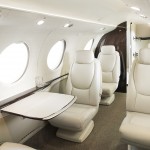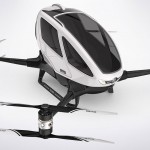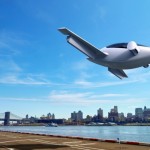Will new drone rules be stricter than many hope?
Drones are flying higher than ever in the news at the moment.
Firstly the FAA is expected to announce its proposals for rules on the use of commercial drones – also known as UAVs (unmanned aerial vehicles) – by the end of the year. This imminent proposal by the US aviation authority will then kick off a period of public commentary and feedback on regulatory controls for the use of pilotless aircraft and from there it’s expected to take up to two years to finalise the rules.
Industries such as filmmaking, construction and farming are watching carefully, given the huge potential that drones could bring to them. And of course retail giant Amazon has already set out its stall for a drone-based delivery service, Prime Air (see previous post Customer Service – at speed). But indications ahead of the report suggest that it will be more restrictive than many commercial stakeholders are hoping for.

The recommendations are expected to include the following requirements: For commercial drone operators to hold a manned pilot license and to have completed dozens of flying hours; no added flexibility for the smallest drones; a maximum flying height of 400 feet and in sight of the operator; and for flights to take place in daylight hours only.
Others are voicing concerns that privacy issues are not being addressed so the proposals are likely to generate a great deal of debate and feedback during the consultation period.

Meanwhile sales of drones designed for personal use are soaring – since recreational use is already allowed in both the US and Europe. Lightweight, entry-level models are available for under £400 – such as the DJI Phantom – some including cameras. They are expected to be one of the most popular Christmas gadget gifts this year.
The rules and regulations around private use still exist of course, covering safety and privacy issues, and there have been a number of legal cases in the UK in the past year, resulting in fines. The CAA have issued recreational guidelines to be included in packaging to address the potential hazards.

In celebration of the drone’s growing profile, Mashable have produced this fantastic animation to celebrate its 100 year history.
Larger scale drones are commonplace in the military of course, and the technology already exists for passenger aircraft to fly pilotless. But despite driverless cars taking to the UK streets from January, it would be a big challenge for passengers to accept the huge shift from having a pilot in charge at the controls.
It certainly feels like the next two years will see some further important milestones in the history of the drone. But when it comes to pilotless passenger flights, there is still a long way to go. See more: Would you fly on a pilotless aircraft?
Related content

Europe’s single-engine market opens up

Latest news in pilotless planes & self-driving cars



